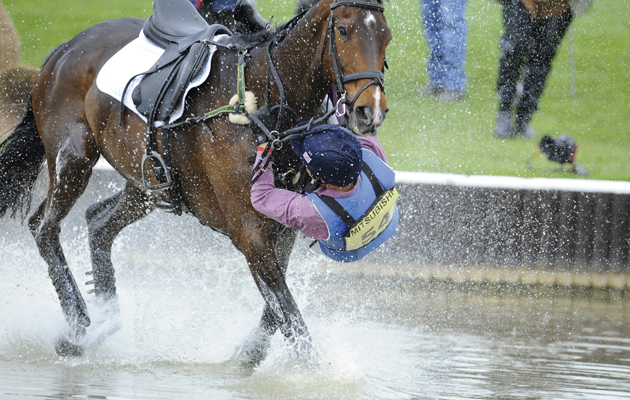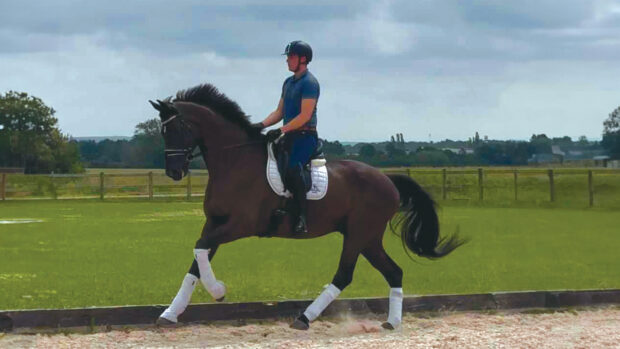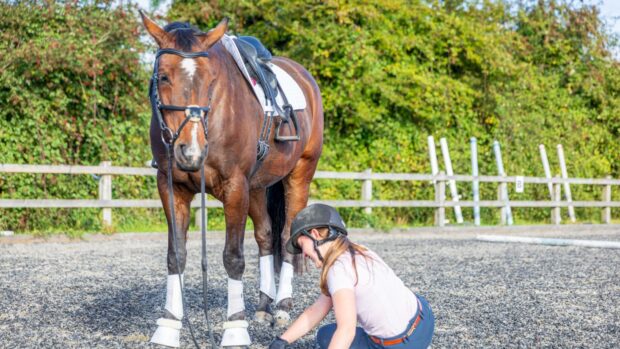The authors of a study into sports injuries have concluded that horse riding “should be a focus for intervention” after finding it was one of the riskiest sports for young girls.
The research by Graham Kirkwood, Thomas Hughes and Allyson Pollock analysed admissions to accident and emergency (A&E) departments at two Oxfordshire hospitals over a three-year period. They found children and adolescents aged between 0 and 19 years old accounted for almost half (47.4%) of those injured during recreational activities.
Riding was found to be in the top three riskiest sports for girls in this age group, along with trampolining and netball, whereas boys were more likely to be injured playing football, rugby union and rugby league.
The only activity to cause more injuries to girls than riding was trampolining, with 213 cases admitted, compared to 142 (8%) for horse sports.
The figures revealed a clear gender divide in the popularity of equestrianism, with the number of riding accidents involving girls vastly exceeding their male counterparts at 92% of admissions. The most common age for girls to injure themselves riding was 13.
Statistics on the nature of injury showed that girls aged five to nine had a high percentage of fractures from riding, accounting for 11 out of 16 recorded injuries in this age group (68.8%). The study found fractures were the overall most common cause of A&E attendances for sports injuries, totalling a quarter of all admissions.
In trauma data on 324 accidents that led to hospital admissions, horse riding was cited in 16 incidents, which involved females 87.5% of the time. Riding was also the most likely cause of sports-related head injury in girls (12%).
Despite acknowledging the government’s efforts to encourage children to participate in sports as part of its “childhood obesity strategy”, the study’s authors said it had revealed “the high burden on NHS hospitals” from sports injuries. It also claimed there was a need for “serious injury prevention work in this field”.
“If public health departments in local authorities and schools were to adopt a high-risk strategy to prevention they should target those in the first four years of secondary school,” it concluded. “For younger age groups, trampolines in the home warrant improved safety. Rugby and horse-riding should also be a focus for interventions.”
Continues below…

Fall off frequently? Try padded pants
If your saddle stickability isn't what it could be, a pair of padded pants could be just the thing to

Subscribe to Horse & Hound magazine today – and enjoy unlimited website access all year round

8 reactions you get when you fall off your horse
If you get on a horse, sooner or later you will fall off a horse. And you can guarantee everyone
A number of previous studies have demonstrated the positive impact riding can have on physical health and well-being, as well as showing the psychological benefits of interacting with horses.
For all the latest news analysis, competition reports, interviews, features and much more, don’t miss Horse & Hound magazine, on sale every Thursday.




